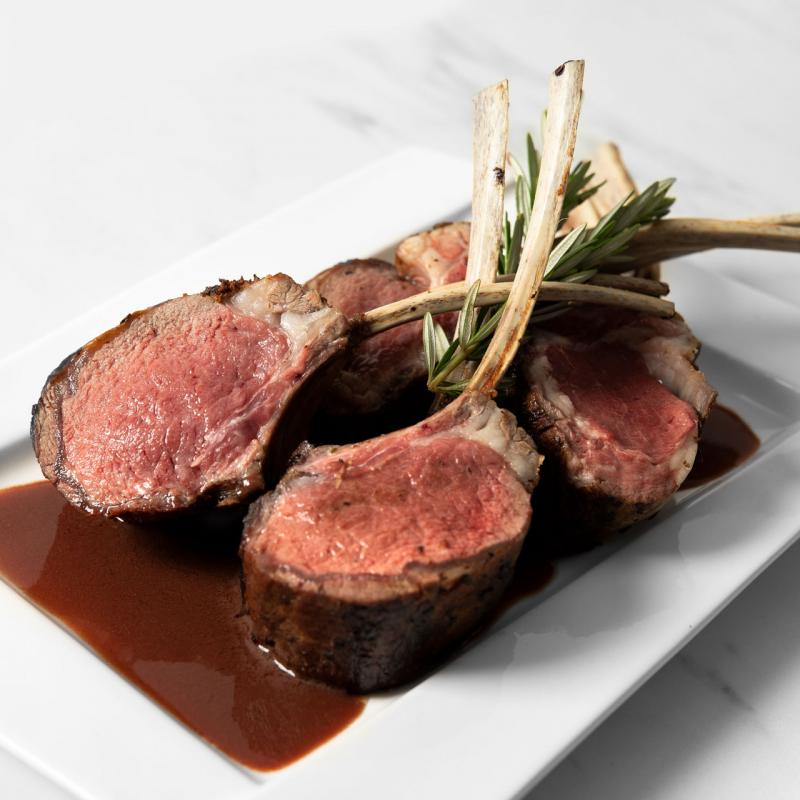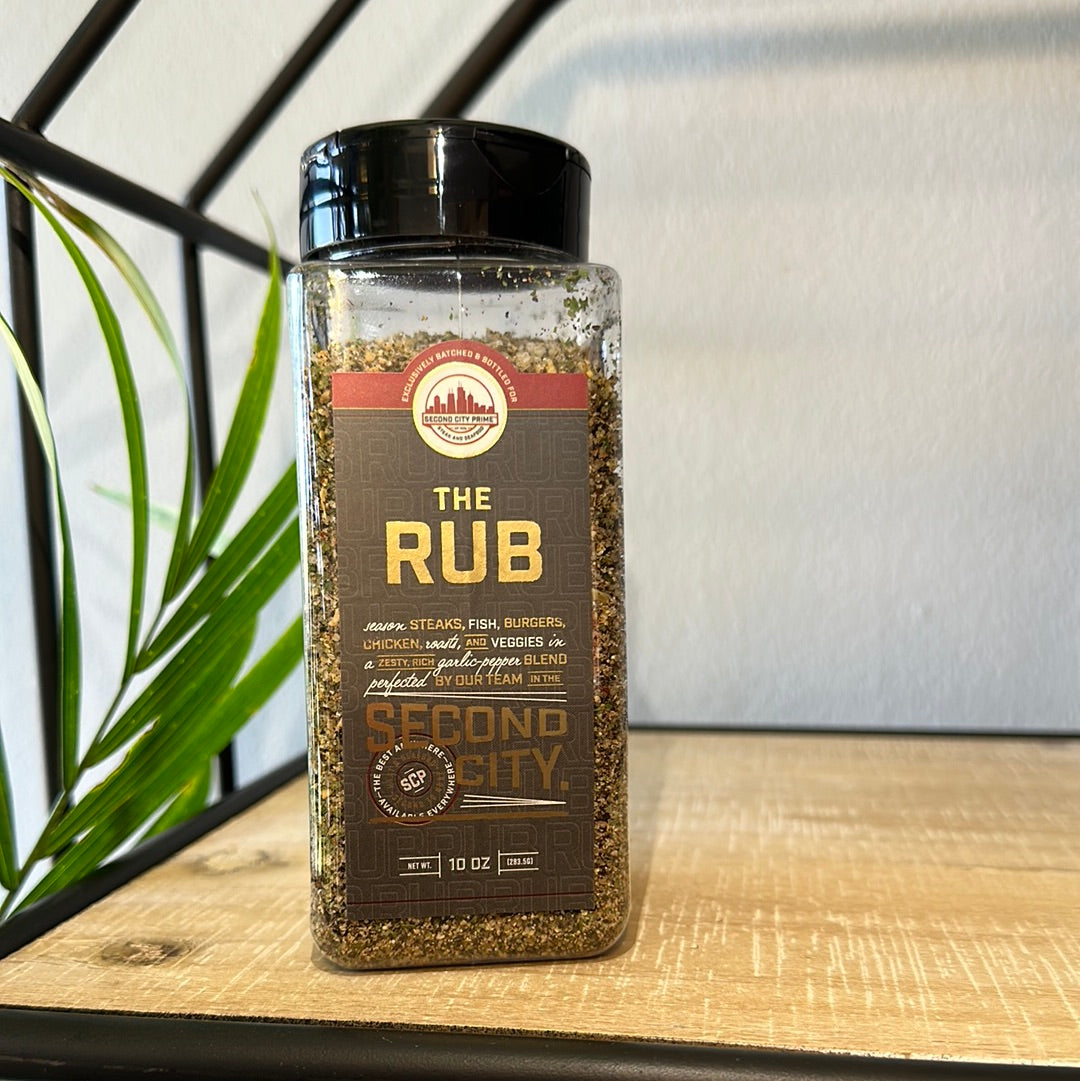The Rich History and Heritage of Wagyu Cattle: From Ancient Japan to Global Delicacy
The story of Wagyu cattle is a fascinating journey spanning over two thousand years, from their origins as draft animals in ancient Japan to their current status as producers of the world's most coveted beef. This rich heritage explains not only why Wagyu beef commands premium prices but also why its unique characteristics cannot be replicated through simple breeding programs or production methods.
Ancient Origins: The Birth of Japanese Cattle
Cattle first arrived in Japan around the 2nd century CE, imported from China and Korea for agricultural work. Due to Buddhist influence and imperial edicts, beef consumption was prohibited for over a thousand years.
- Adapted to mountainous terrain and humid climate
- Developed endurance, foraging abilities, and intramuscular fat
The Isolation Period: Developing Unique Genetics
From 1635 to 1854, Japan's sakoku (national isolation) policy fostered the evolution of genetically distinct cattle by region:
- Tottori: Fine-grained fat and high meat quality
- Shimane & Okayama: Strength and endurance
- Hyogo: Ancestral home of Kobe beef
- Kagoshima: Heat- and disease-resistant cattle
The Meiji Restoration: Birth of Wagyu as Beef
Key Events
- 1872: Meat ban lifted; Emperor Meiji publicly eats beef
- Imported European breeds (Shorthorn, Devon, Holstein) introduced
This era led to deliberate crossbreeding and genetic improvement programs while preserving native traits.
Formation of the Four Wagyu Breeds (1910–1944)
1. Japanese Black (Kuroge Washu)
- Origin: Hyogo, Tottori, Shimane, Okayama
- Known for: Superior marbling, fine texture
- Significance: 90% of Wagyu population today
2. Japanese Brown (Akaushi / Akage Washu)
- Origin: Kochi and Kumamoto
- Leaner with bolder flavor, heat tolerant
3. Japanese Shorthorn (Nihon Tankaku Washu)
- Origin: Tohoku (northern Japan)
- Lean, muscular, cold-climate adapted
4. Japanese Polled (Mukaku Washu)
- Origin: Yamaguchi
- Hornless, docile, extremely rare
In 1944, the government closed the herd books to preserve genetic purity—ensuring no further crossbreeding would dilute the Wagyu bloodlines.
Post-War Decline and Revival (1945–1980s)
After WWII, cattle populations collapsed. Mechanization and rising demand for beef drove reforms:
- Government support under the "Improvement and Production of Livestock Act"
- Japanese Black emerged as the dominant breed
The Creation of Modern Wagyu Standards (1980s–Present)
- JMGA introduced quality and yield grading system
- Beef Marbling Standard (BMS) established
- National traceability and regional beef competitions introduced
These systems laid the foundation for the world's most stringent beef quality standards.
Wagyu Goes Global: International Expansion
Initial U.S. Exports (1976–1997)
- First 4 Japanese Black bulls exported to U.S. in 1976
- Only ~40 full-blood Wagyu made it to America before exports were banned in 1997
- American Wagyu Association formed in 1990
Global Spread
- Australia: Largest Wagyu producer outside Japan
- Canada: Focus on sustainability
- UK & Europe: Emphasis on grass-fed programs and boutique quality
Today’s Wagyu Industry
Japanese Wagyu
- Fully traceable, prefecture-based breeding protocols
- Protected designations like Kobe, Matsusaka, and Omi
American Wagyu
- Primarily crossbred (Wagyu x Angus)
- Larger frame and bolder flavor with high marbling
Australian Wagyu
- Largest non-Japanese herd
- Focus on both purebred and crossbred programs
Special Heritage Varieties
Kobe Beef
- From Tajima-line cattle in Hyogo Prefecture
- Certified with chrysanthemum seal
- Highly regulated and rare (~5,000 cattle annually)
Matsusaka Beef
- Virgin female cattle raised over 900 days
- Known for extreme tenderness and sweetness
Olive Wagyu
- Fed on dried olive pulp in Shodoshima Island
- High in oleic acid, unique soft fat and nutty flavor
Preserving Wagyu Heritage for the Future
- Japanese gene banks safeguarding DNA of pure lines
- Global genomic research collaborations
- Training new generations in traditional husbandry
- Protected geographical indication (PGI) programs
Conclusion
The history of Wagyu is not merely agricultural—it's cultural, genetic, and culinary. From humble draft animals to icons of fine dining, Wagyu cattle embody centuries of evolution, regional pride, and dedication to excellence.
Understanding this deep heritage explains not just the premium pricing, but the unmatched eating experience it delivers. It’s more than beef—it’s a legacy.
Ready to experience a taste of history?
Explore our curated collection of Japanese A5 and American Wagyu, representing the finest results of over 2,000 years of tradition and care.
Tags:
, Japanese cattle heritage, Kobe beef origins, Wagyu cattle breeds, Japanese Black cattle, premium beef heritage






Leave a comment